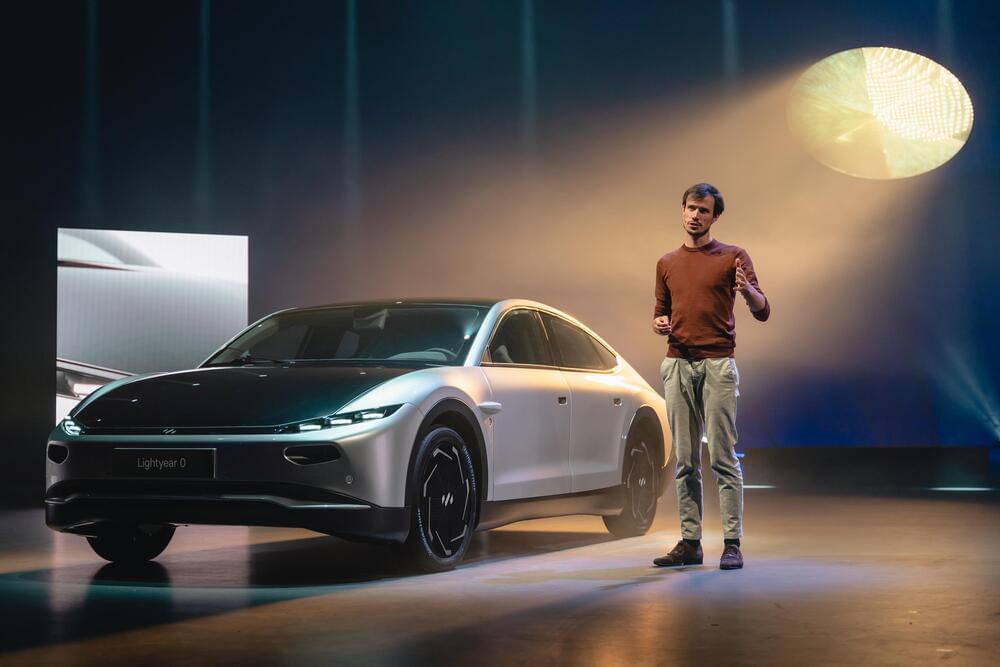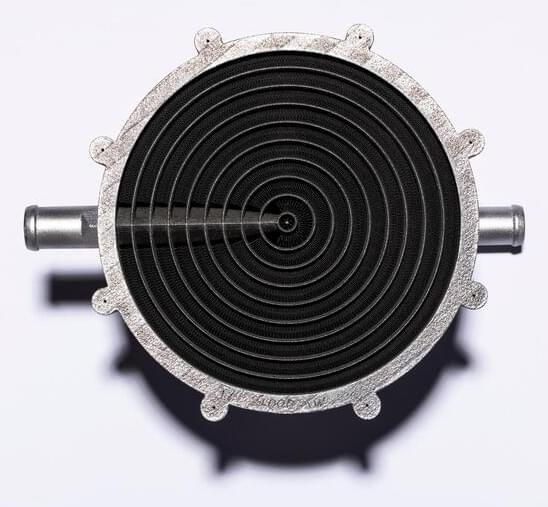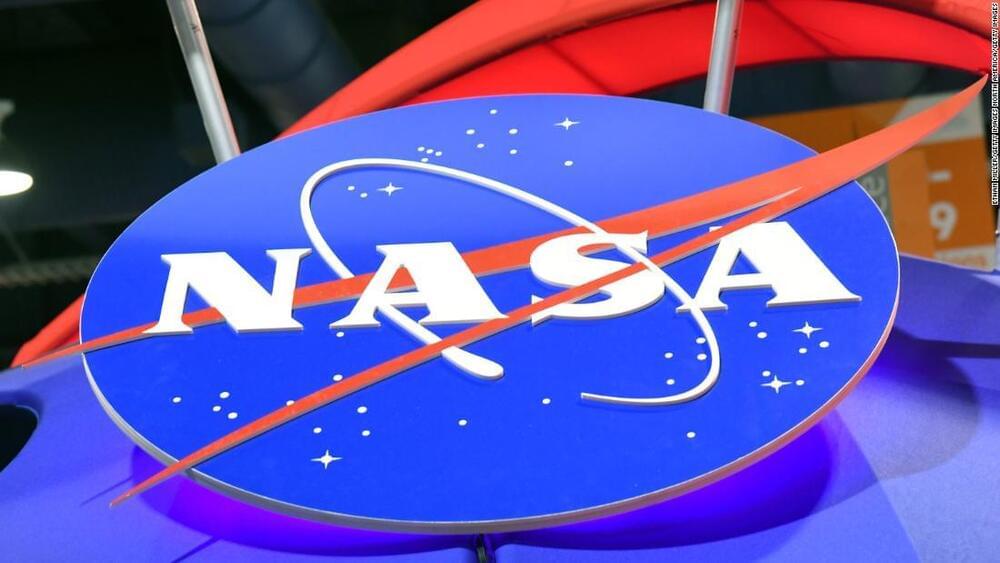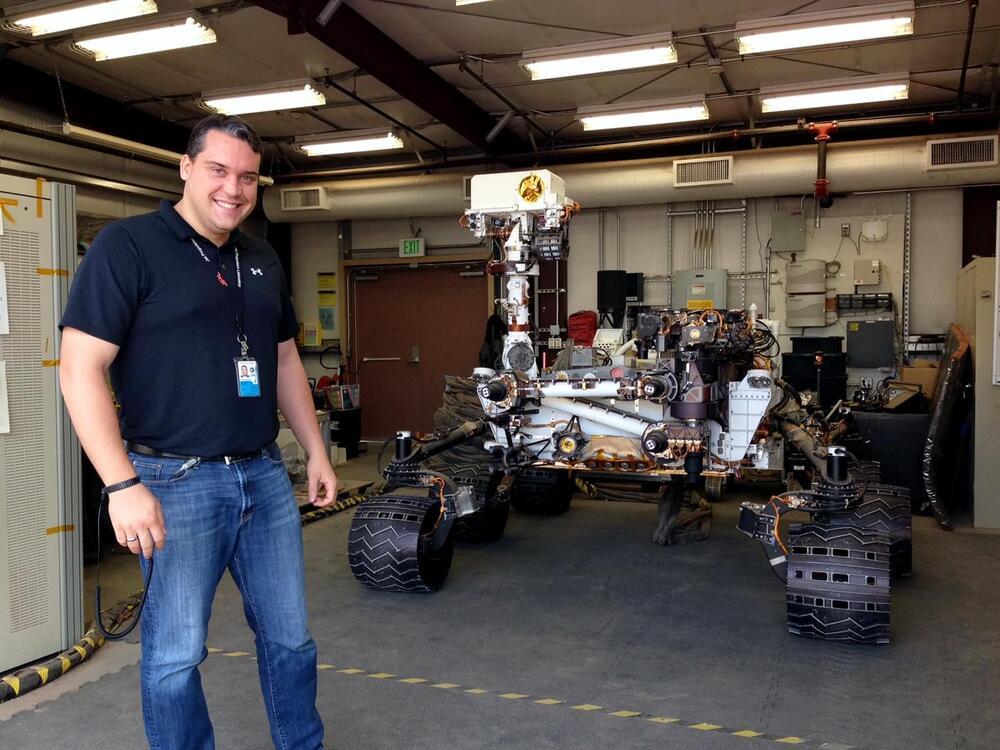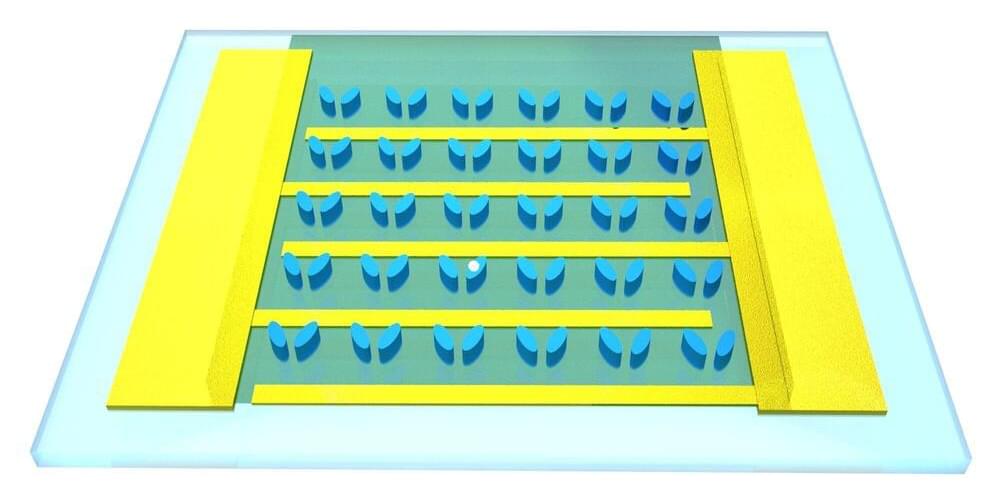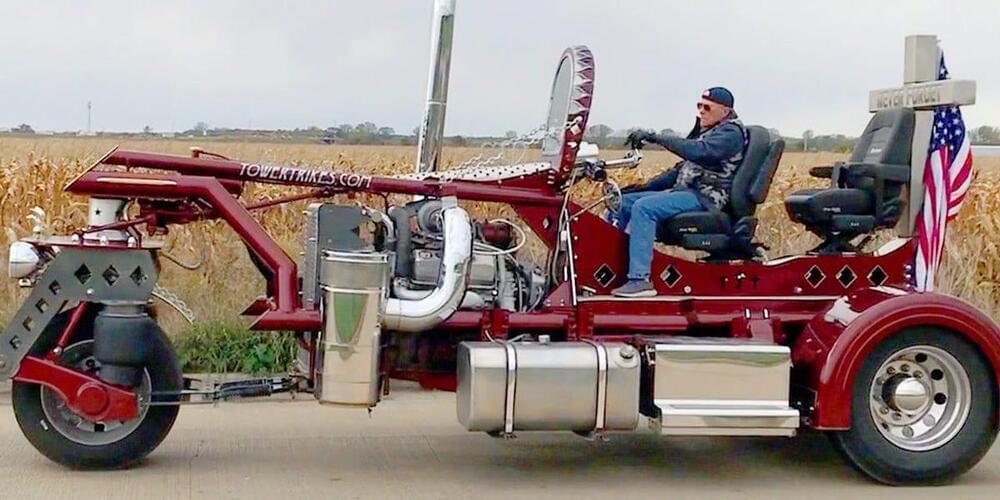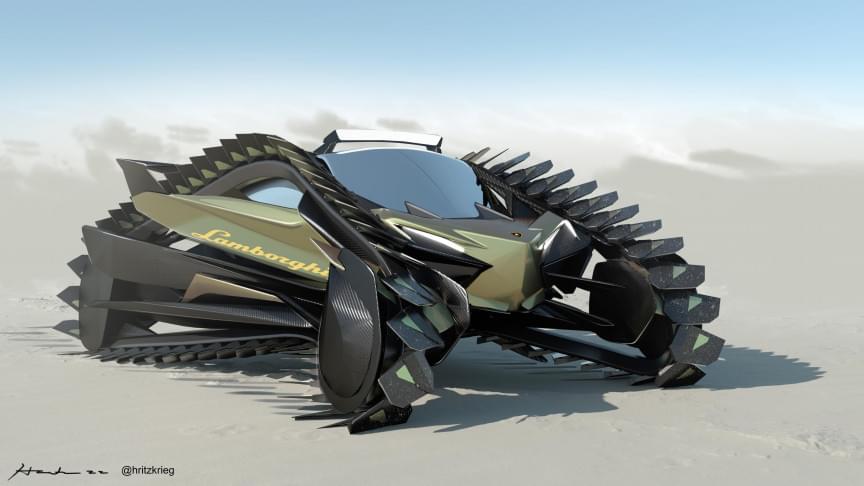Dutch company Lightyear has unveiled what it claims is the world’s first production-ready solar car. The Lightyear 0 is a family sedan with 5 sq m (53.8 sq ft) of solar panels built in, capable of generating up to 70 km (44 miles) of charge-free driving a day.
Having scaled its workforce up to 500 people and hooked up deals with more than 100 suppliers, Lightyear is deadly serious about this venture and ready to start manufacturing. Its first car is this four-door fastback electric sedan, with enough onboard battery to deliver a very solid 560 km (348 miles) of freeway driving at 110 km/h (68 mph), even without the sun shining.
That’s a pretty impressive number; in WLTP testing, the Lightyear 0 delivers 625 km (388 miles) of range, or nearly 4 percent more than Tesla’s Model 3 Long Range AWD. Lightyear says it’s developed the most efficient electric drivetrain ever, and that these range figures come from a battery pack holding just 60 kWh. For comparison, the Model 3 Long Range AWD is reported to run an 82-kWh pack.
